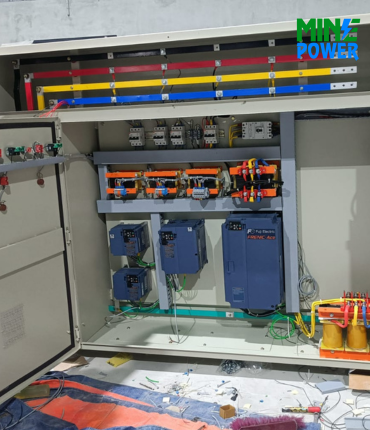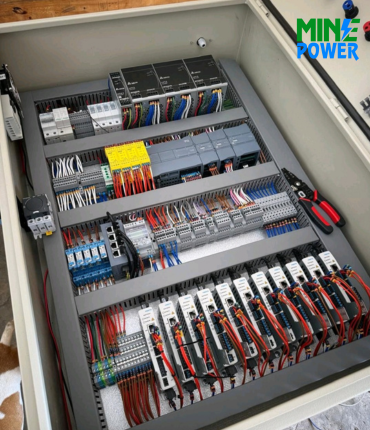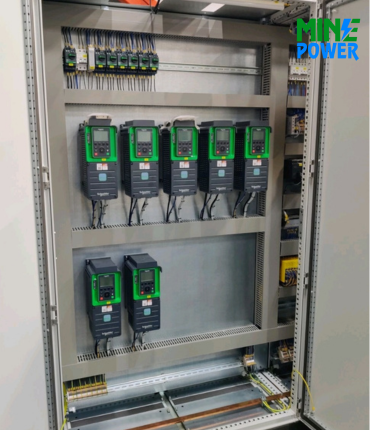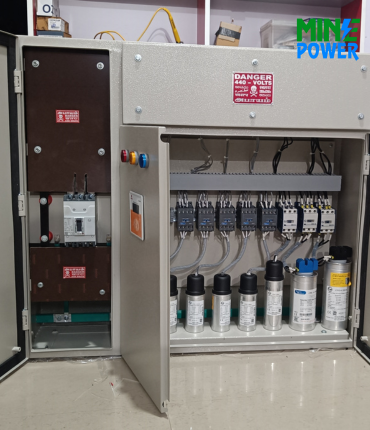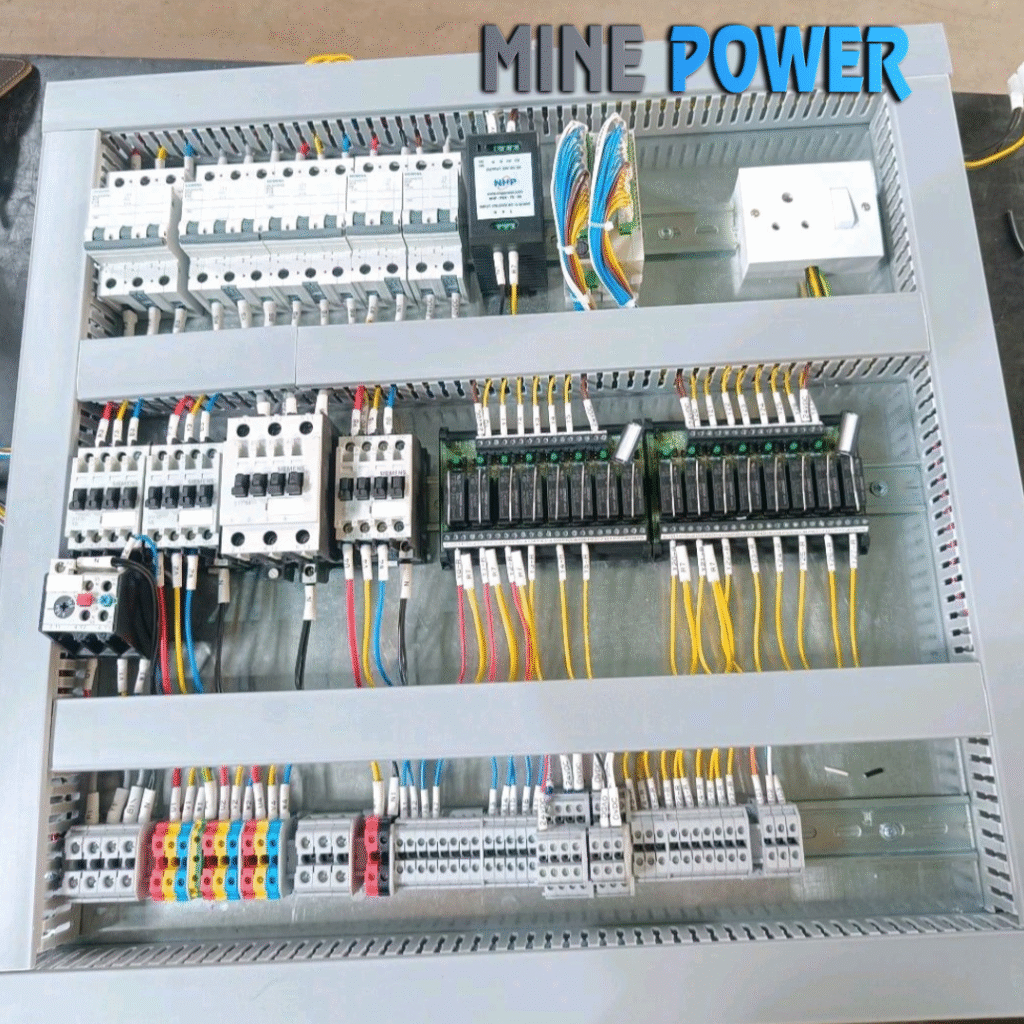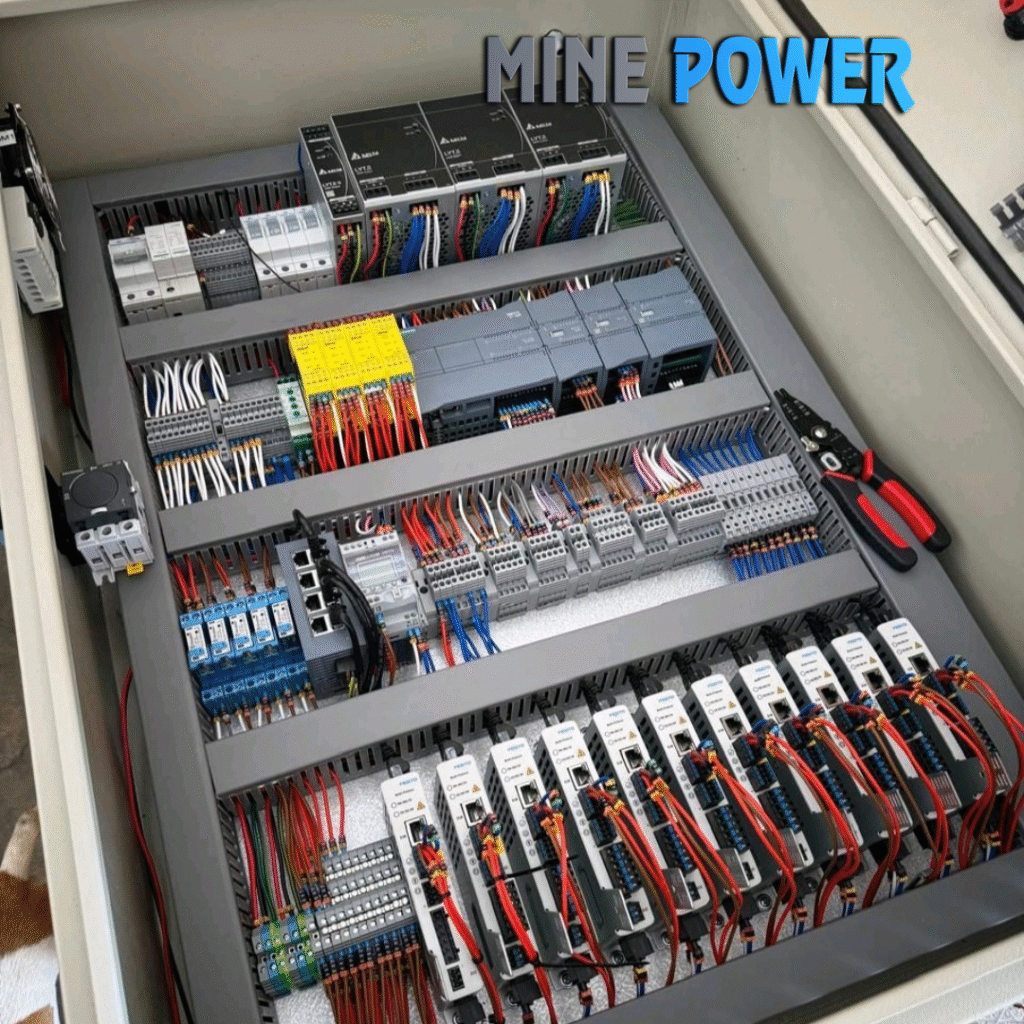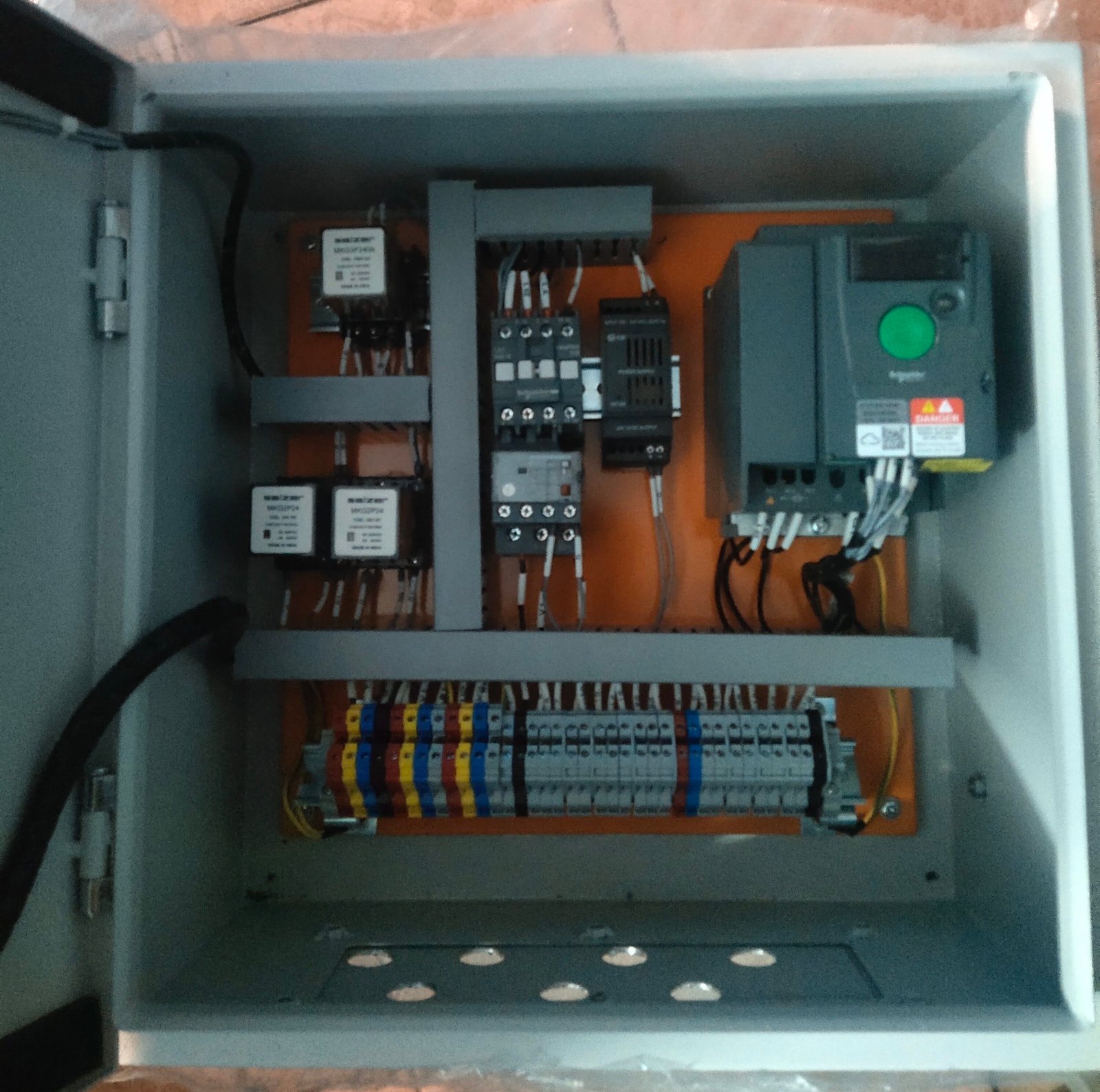The Switch Mode Power Supply (SMPS) is an advanced power conversion solution designed for high efficiency and reliable performance. With wide input voltage support, compact size, and built-in protections, SMPS is the preferred choice for powering industrial automation equipment, electronics, and consumer devices.
Description
A Switch Mode Power Supply (SMPS) is an electronic power supply that uses high-frequency switching and energy storage components (inductors, capacitors, transformers) to convert electrical power efficiently. Unlike conventional linear power supplies, SMPS offers high efficiency, compact design, and the ability to handle a wide input voltage range, making it ideal for industrial, commercial, and consumer electronic applications.
Specifications
-
Input Voltage: 85V to 265V AC (wide range) / 12V to 72V DC (for DC-DC SMPS)
-
Output Voltage Options: 5V, 12V, 24V, 48V DC (custom ranges available)
-
Power Rating: 10W to 2000W (depends on model)
-
Efficiency: 80% to 95%
-
Protection: Overvoltage, Overcurrent, Short circuit, Overtemperature
-
Cooling: Natural / Forced Air Cooling
-
Form Factor: Enclosed, Open Frame, DIN-rail, Modular
-
Standards: IEC / CE / UL approved models available
Features
-
High efficiency with low power loss
-
Wide input voltage range (suitable for global use)
-
Compact and lightweight design compared to linear supplies
-
Built-in protection for safe operation
-
Low heat generation
-
Available in AC-DC and DC-DC conversion models
-
DIN-rail and panel mounting options for industrial applications
Applications
-
PLCs, HMIs, and Industrial Control Panels
-
Consumer electronics (TVs, Laptops, Mobile chargers)
-
LED lighting systems
-
Telecommunication equipment
-
Medical instruments
-
Networking devices (routers, switches)
-
Renewable energy and automation systems
Advantages
-
High efficiency (saves energy and reduces heat)
-
Lightweight and compact size
-
Wide input operating range (can handle voltage fluctuations)
-
Reliable operation with multiple built-in protections
-
Cost-effective for both industrial and consumer use
Disadvantages
-
Generates electrical noise (EMI/RFI interference)
-
More complex circuitry compared to linear supplies
-
Requires filtering for sensitive applications
-
Slightly higher repair complexity in case of failure





